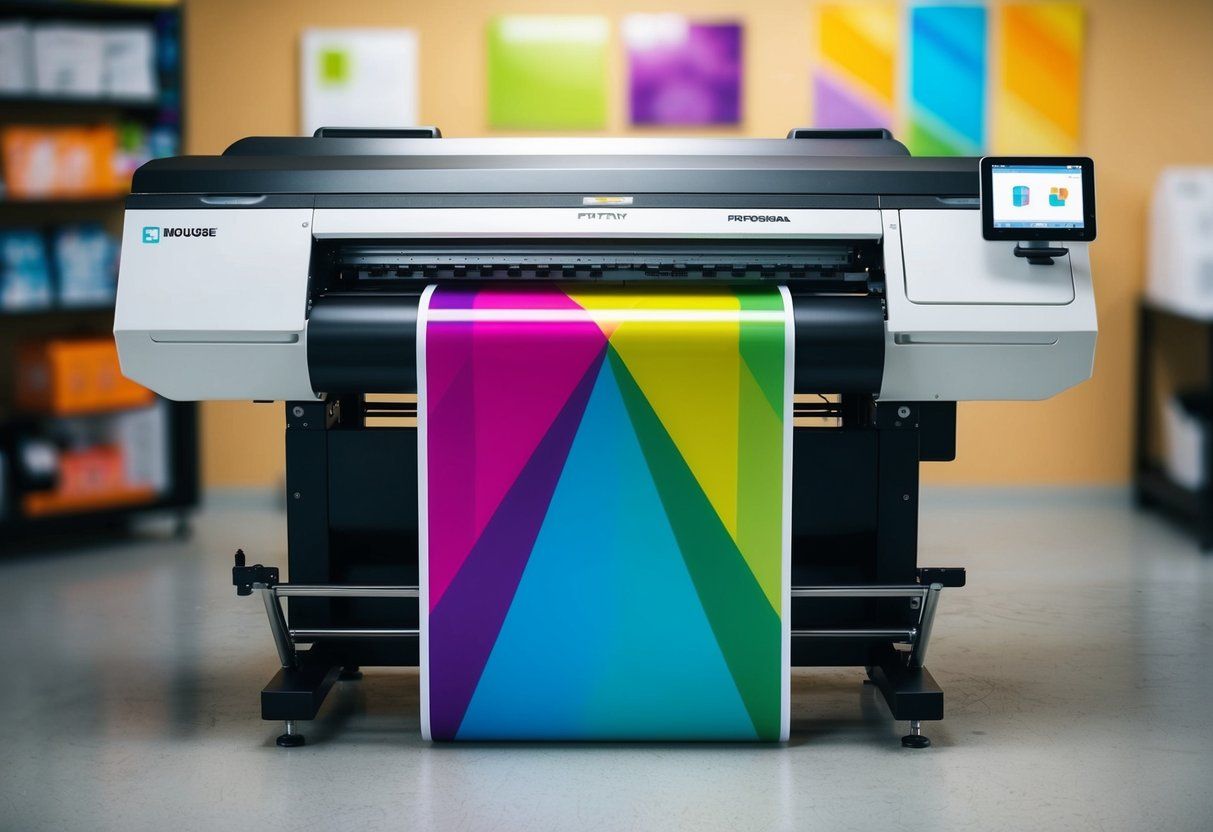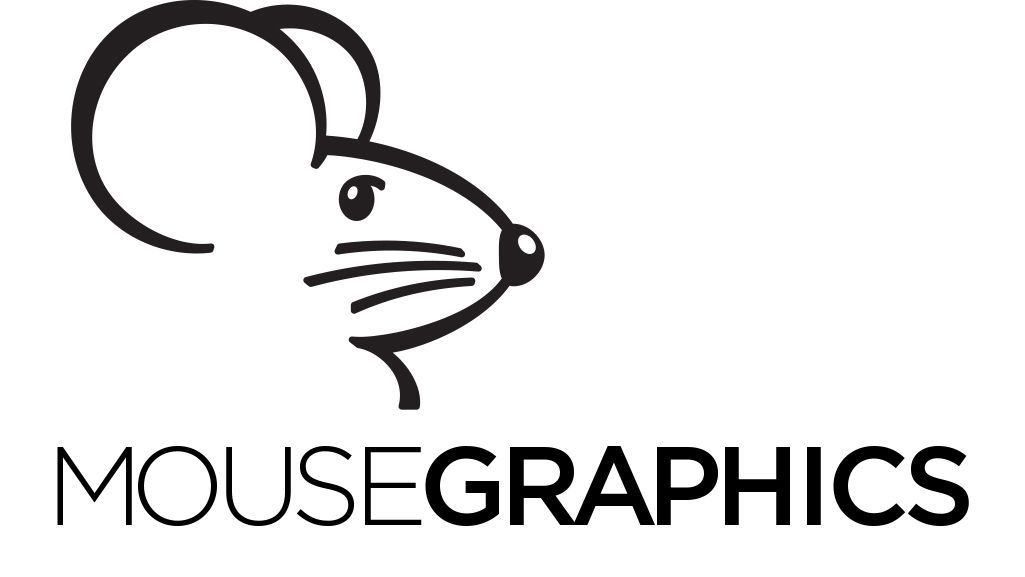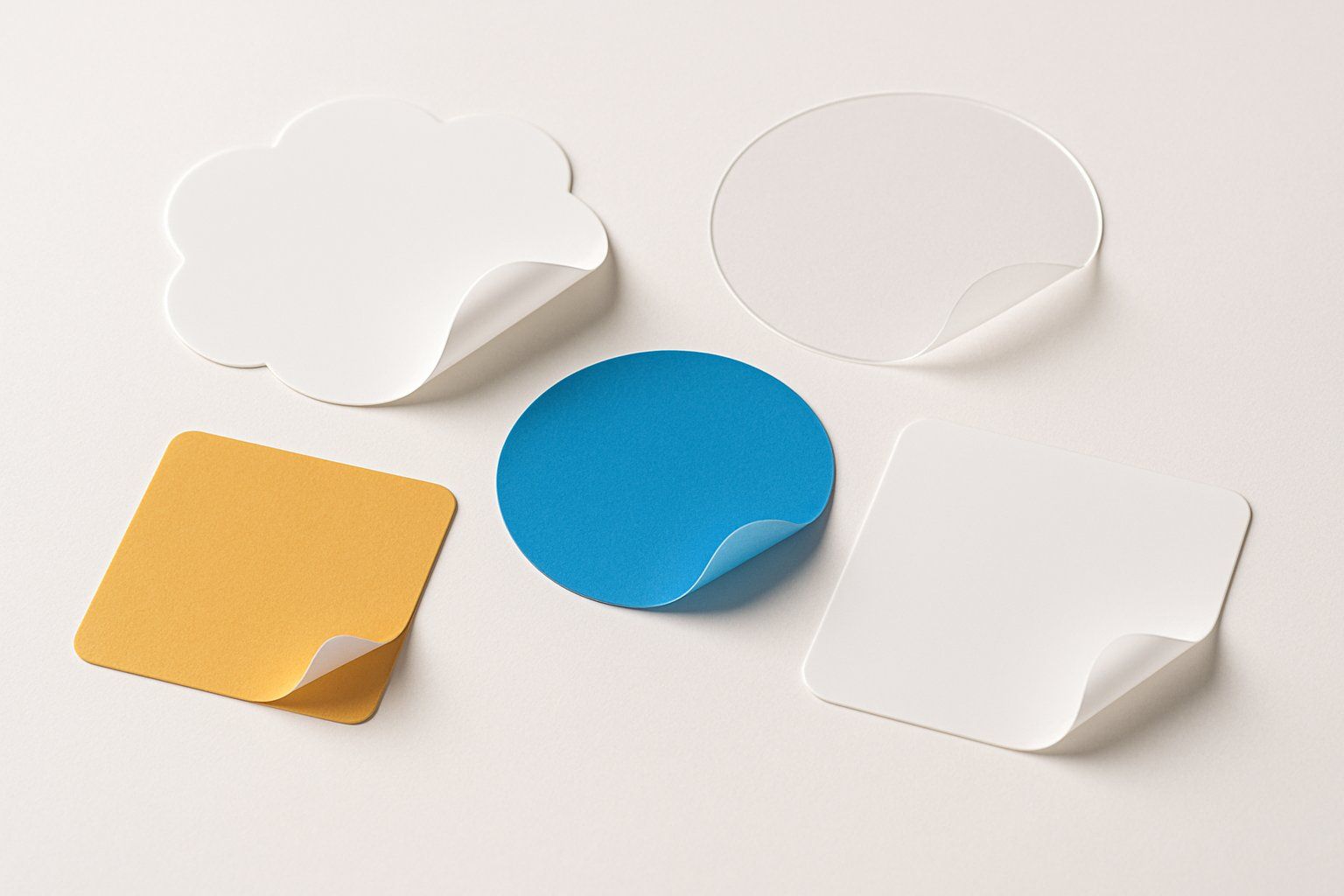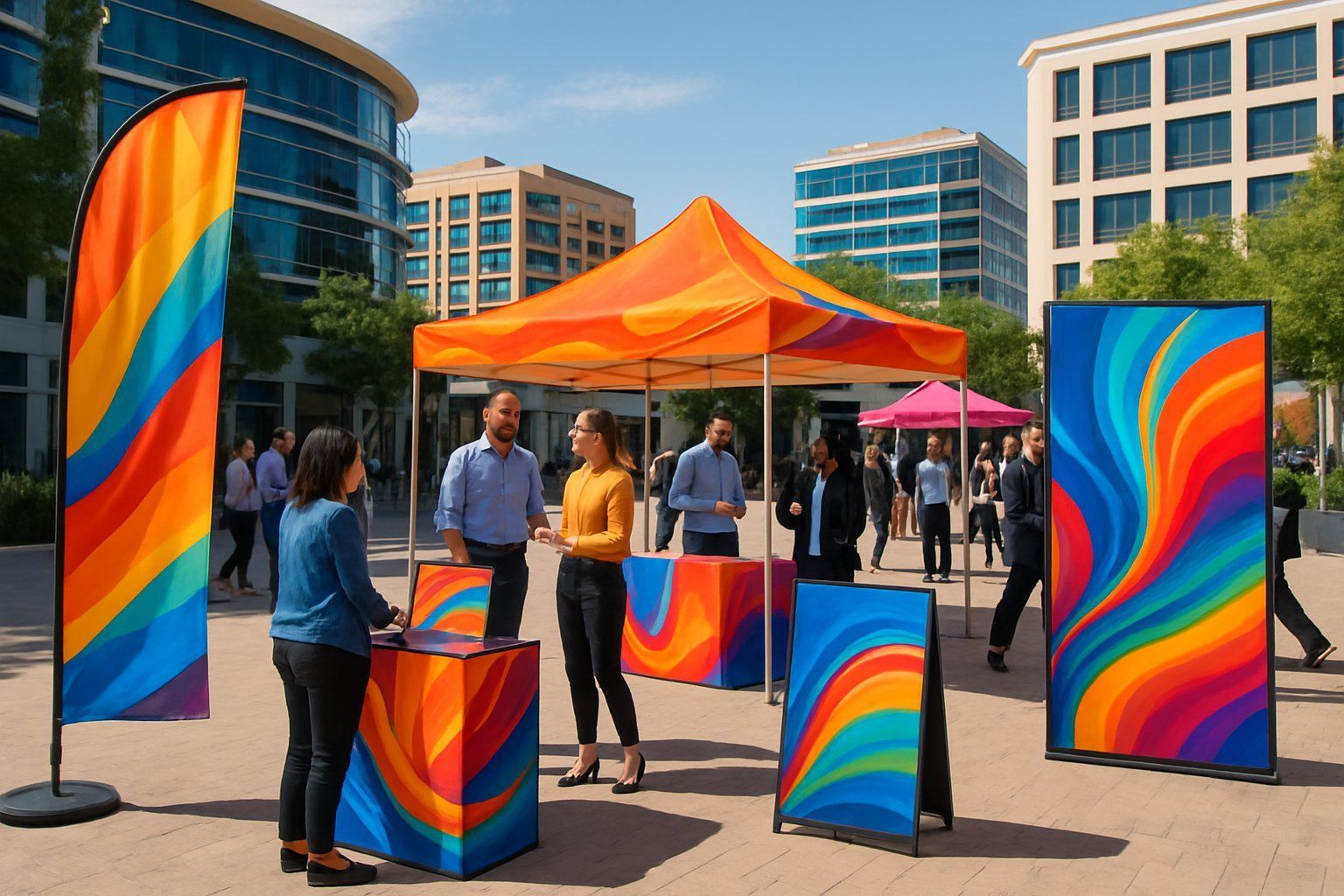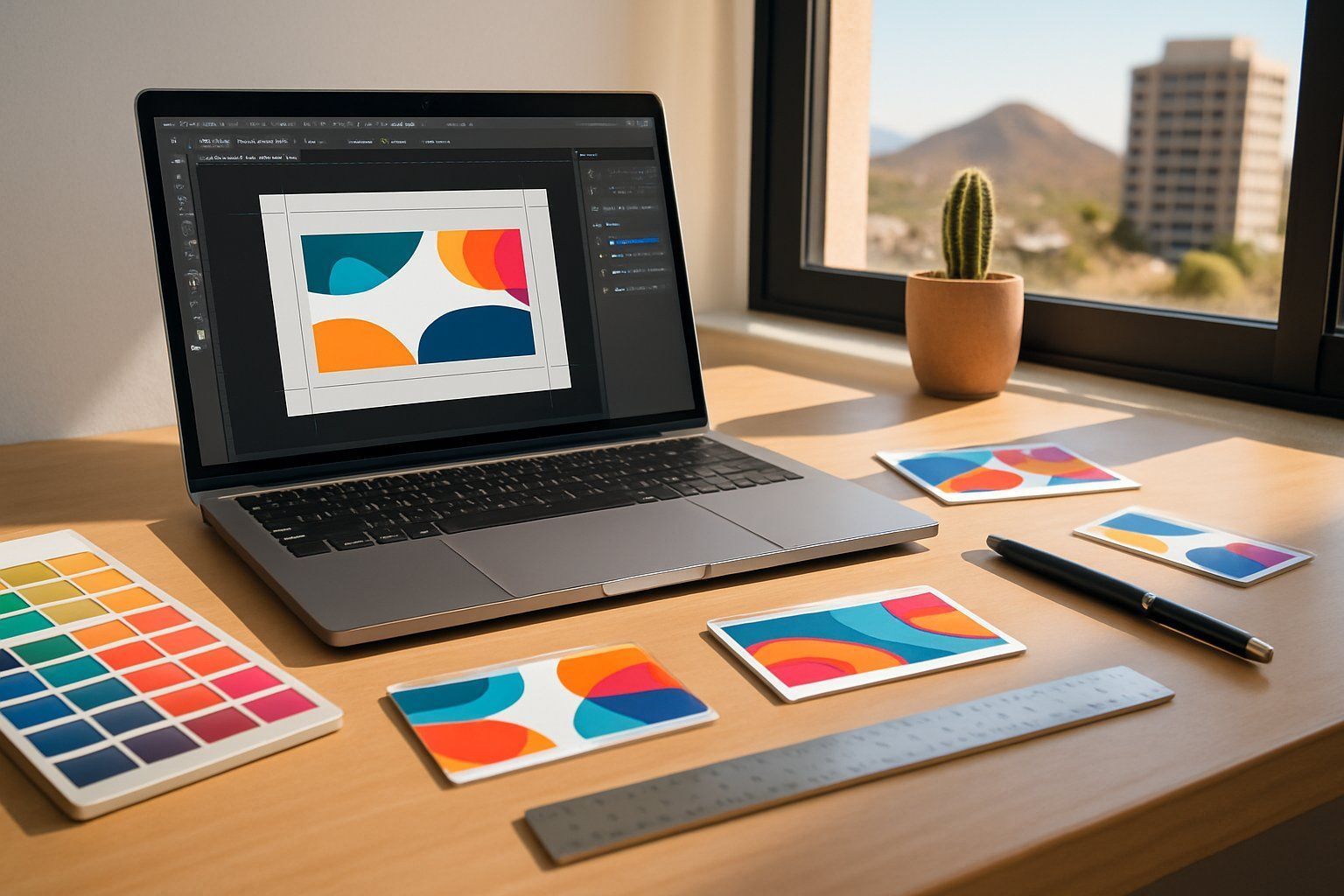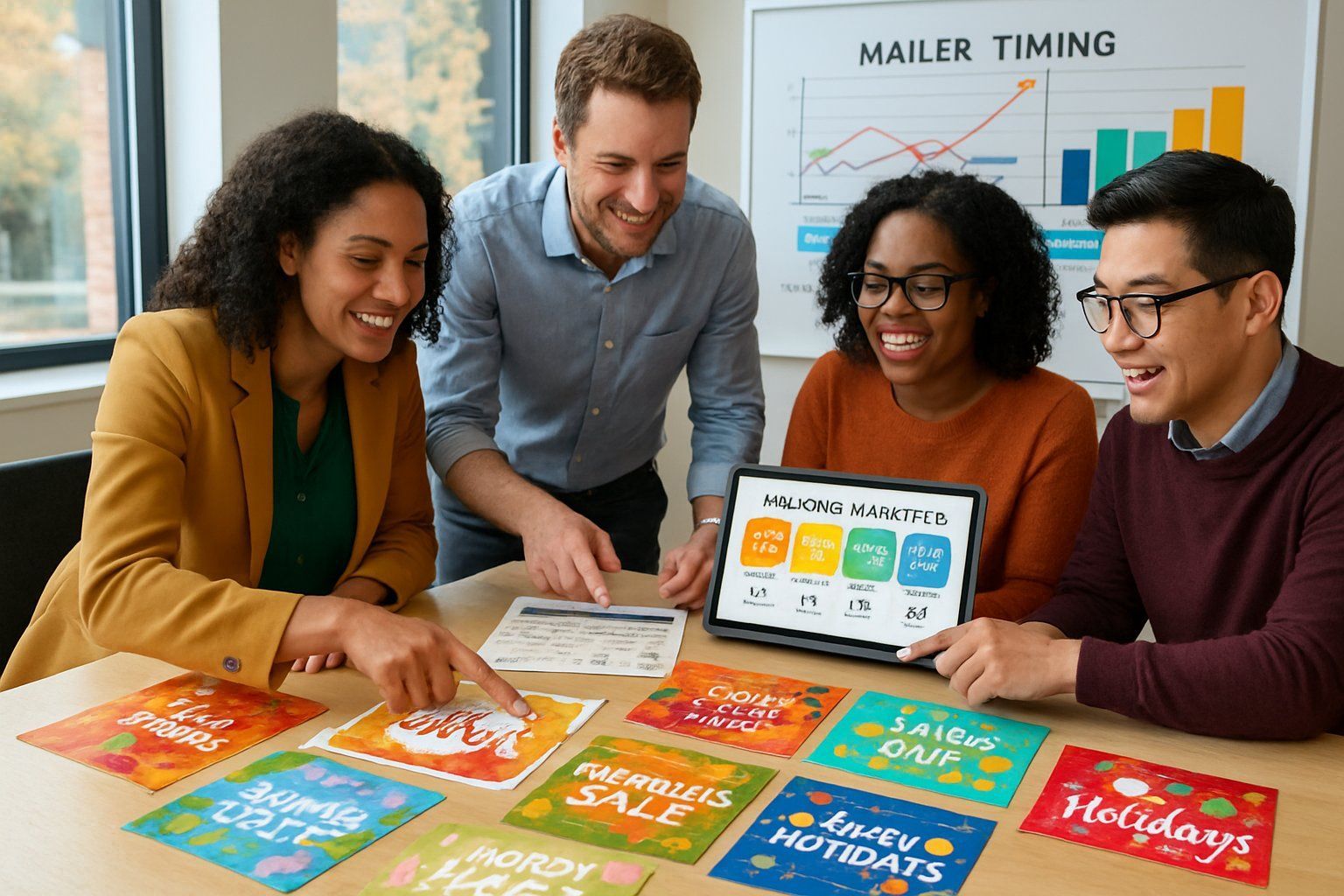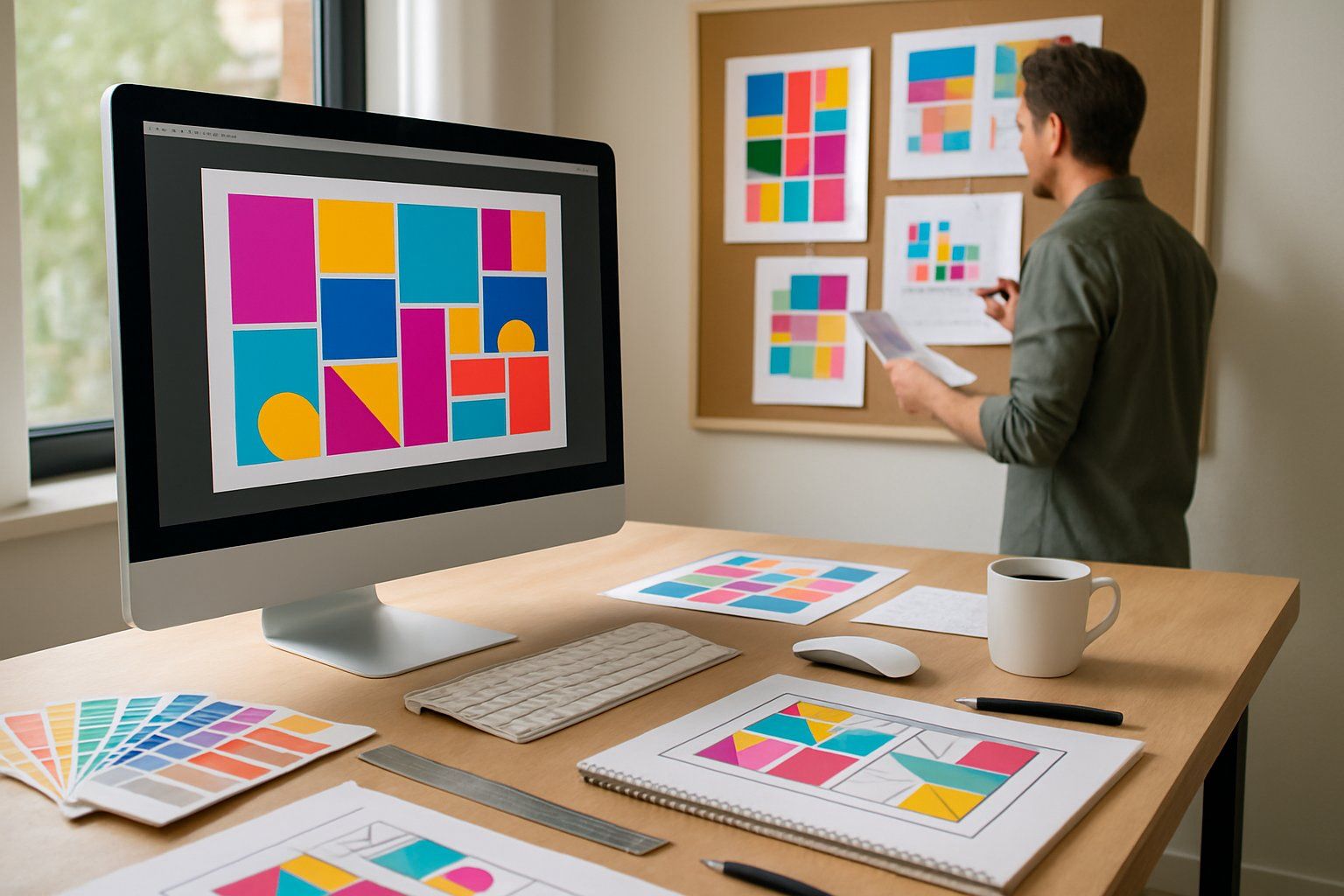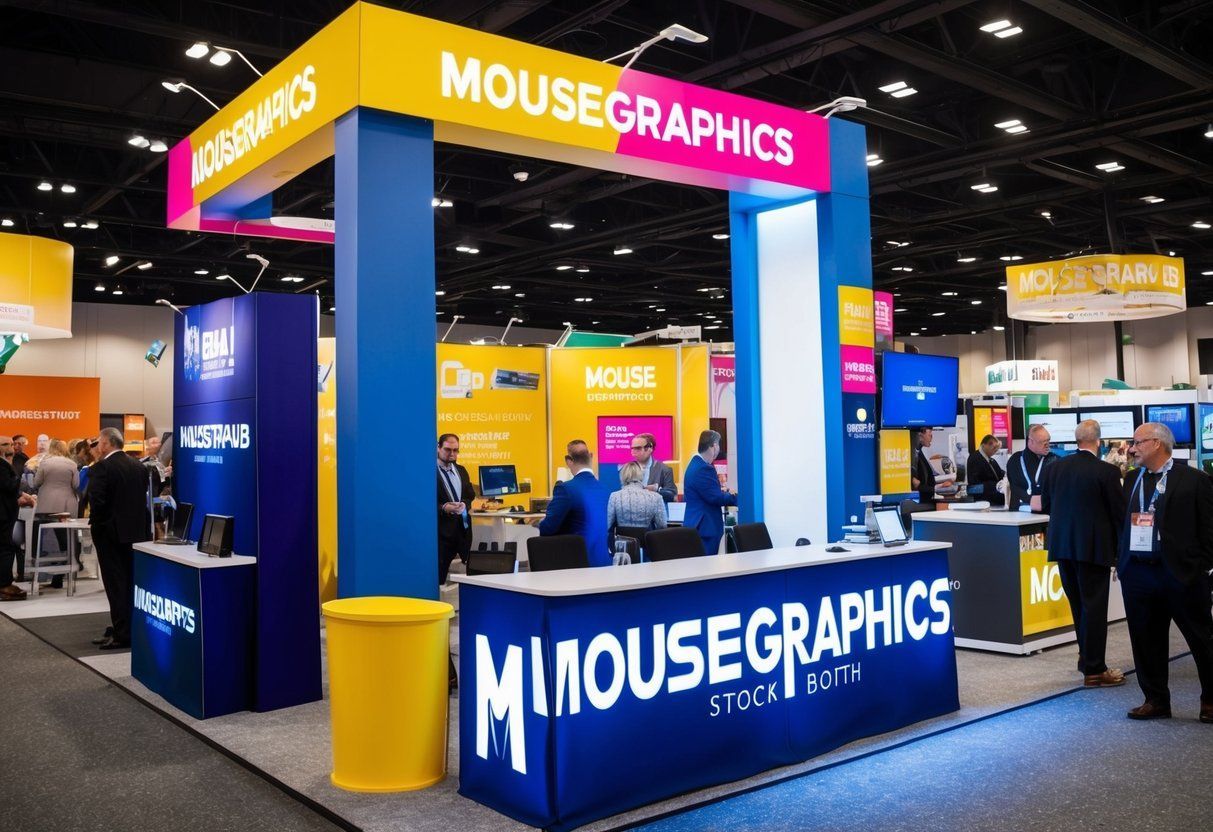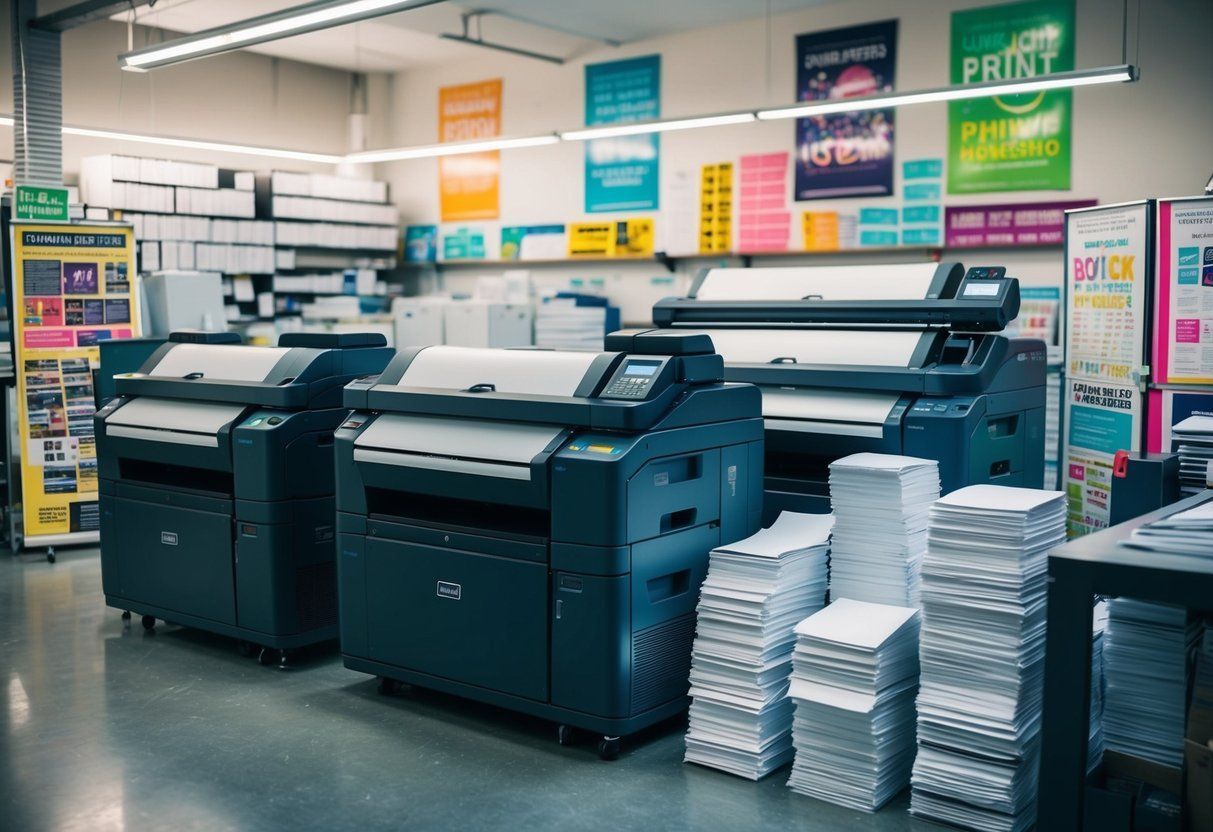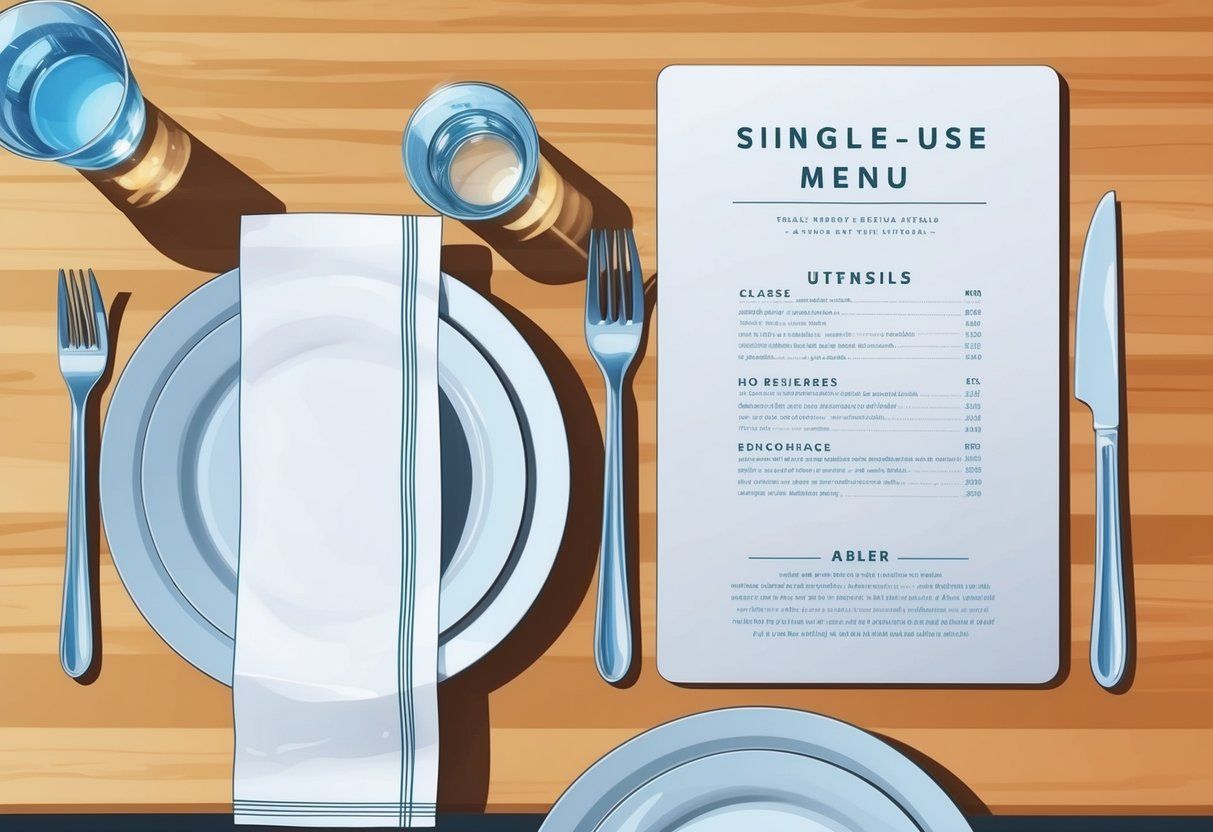Marketing Mix: Integrating Print Collateral with Digital Campaigns for Cohesive Brand Strategy
Marketing success often depends on how well we combine different tools to reach our audience. Print materials like brochures or flyers still hold value when mixed with digital marketing efforts like social media ads and email campaigns.
By integrating print collateral with digital campaigns, we create a connected experience that boosts brand visibility and drives engagement.
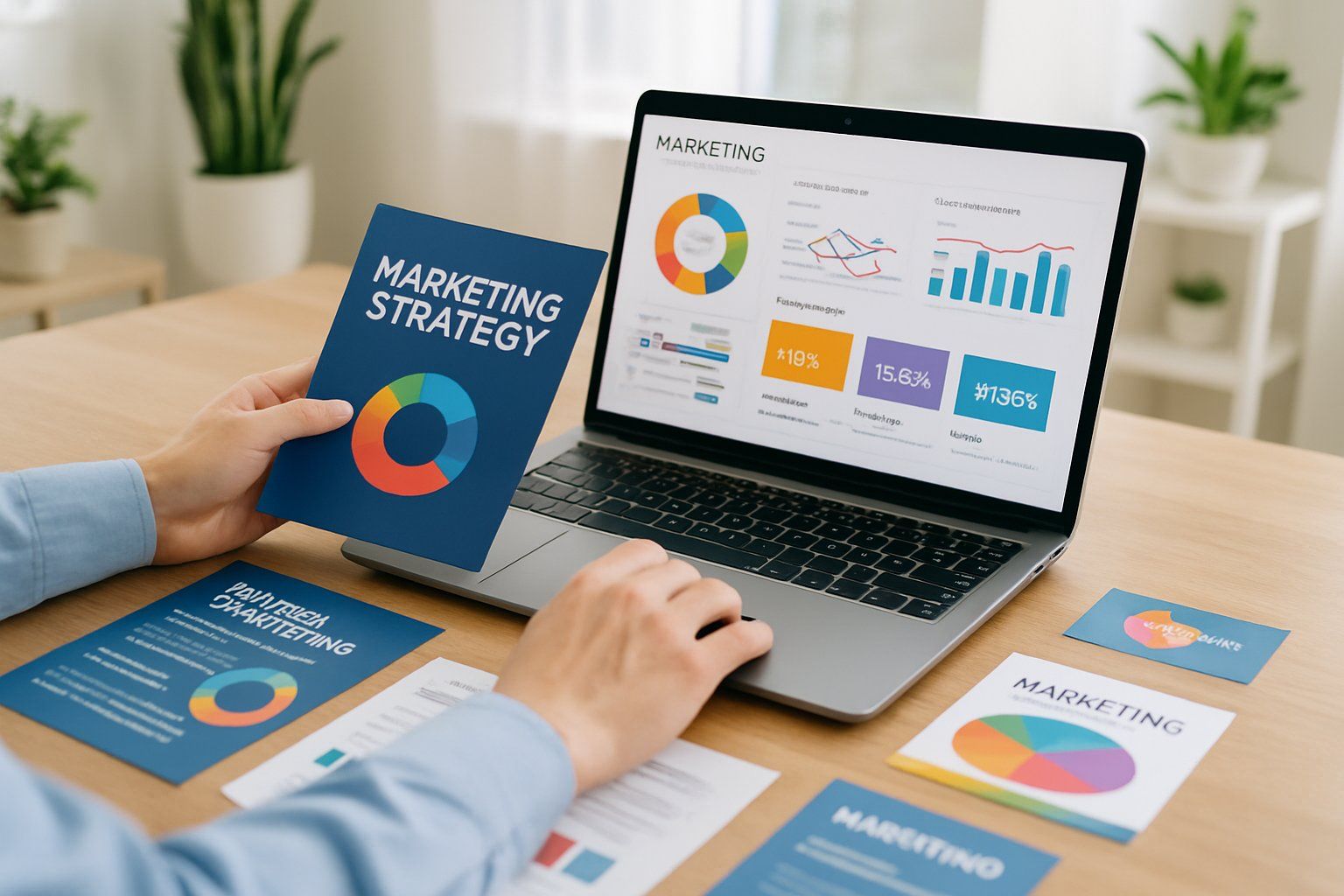
This integration means we can use printed items to guide customers to online content or promotions. Digital media can amplify the messages we share in print.
Blending these approaches helps us reach people where they are. It encourages them to interact with our brand more fully.
Understanding how to make print and digital work together is key to building strong campaigns. It allows us to present consistent messages across platforms and measure what works best in real time.
Key Takeways
- Combining print and digital channels improves audience reach and interaction.
- Consistent design and messaging strengthen brand recognition.
- Tracking results helps us refine campaigns for better performance.
Understanding the Marketing Mix
To make our marketing efforts strong, we need to blend different marketing channels effectively. This means using both print and digital materials in a way that supports each other and fits within our overall marketing strategy.
Defining Print and Digital Marketing
Print marketing uses physical materials like brochures, flyers, posters, and direct mail. These offline channels help us reach people in places where digital ads might not be noticed, such as at events or in stores.
Print materials often leave a lasting impression because they can be held and saved. Digital marketing, on the other hand, includes online campaigns using social media, email, websites, and paid ads.
These channels allow us to target users precisely and measure responses quickly. Digital marketing gives us real-time data to adjust campaigns fast.
By understanding both, we see their unique strengths. Print is tangible and trusted, while digital is interactive and measurable.
Core Elements of an Integrated Approach
Combining print and digital marketing means aligning our marketing activities across all channels. We design print materials to support digital campaigns by including QR codes, website URLs, or social media links.
In digital campaigns, we can promote print events or offer downloadable content that matches the physical brochures we distribute. Coordination improves brand consistency and helps customers move smoothly from offline to online channels.
Key elements to focus on include consistent messaging and matching visuals. Using each channel’s strengths makes our marketing mix more effective.
Print Collateral Essentials

Print collateral plays a vital role in marketing by providing tangible materials that support our brand message. This includes different types of printed materials, how we design them, and their part in strengthening our brand identity.
Types of Print Collateral
Printed collateral includes many forms, each serving a unique purpose in marketing. Flyers and brochures are common for sharing detailed product or service information.
Business cards help us make quick connections and leave a lasting impression. Posters are useful for catching attention in public spaces, while product packaging communicates quality and brand values at the point of sale.
Newsletters and reports build deeper engagement over time, offering updates or data in a professional format. Infographics simplify complex information visually, making it easier to understand.
Using a mix of these materials ensures our marketing covers multiple touchpoints effectively.
The Role of Design in Print Materials
Design is critical in print collateral because it affects how our message is received. Clear, attractive designs guide the reader’s eye and highlight the key points.
We focus on using consistent colors, fonts, and imagery that match our brand style. White space, readability, and layout balance contribute to a clean look.
We also pay attention to the quality of paper and printing techniques, as they influence the product’s feel and perceived value. Design must not only look good but also communicate clearly.
Print Collateral for Branding
Print marketing collateral is essential for visual branding. It helps us create a unified look that customers recognize and trust.
Business cards and packaging carry our logo and brand colors, making our identity clear at every interaction. Consistent use of design elements in reports, brochures, and newsletters reinforces our brand message.
Printed materials often last longer than digital ads, offering extended brand exposure. This consistency strengthens customer loyalty and aids in building a professional image.
Digital Campaign Fundamentals
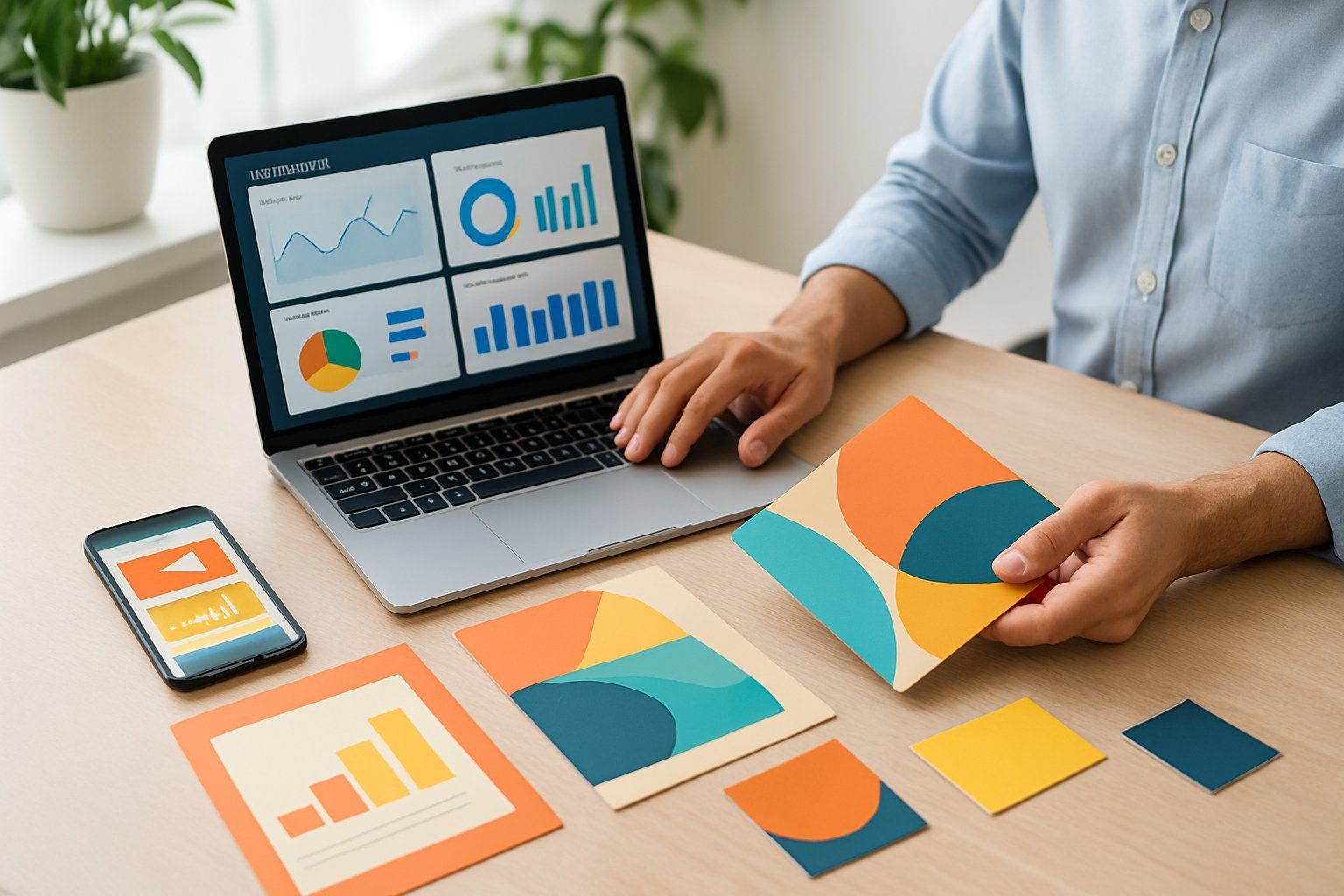
We use various online tools to reach our audience and share content that helps achieve our marketing goals. Tracking results is just as important as choosing the right channels and creating engaging content.
Key Digital Marketing Channels
Social media platforms let us connect with people directly. Facebook, Instagram, and LinkedIn offer targeted ad options to reach specific groups.
Our website is the hub for information and leads. Optimizing it includes fast loading times, easy navigation, and clear calls to action.
Email marketing keeps us in touch with our audience with personalized messages. It often includes newsletters, promotions, and updates.
Online ads on search engines and social networks help boost visibility and drive traffic to our landing pages. These ads should be concise and relevant to attract clicks.
Effective Digital Content Strategies
We focus on creating diverse content, like articles, videos, e-books, and gifs, to engage different audience types. Videos explain complex ideas quickly and hold attention longer.
E-books provide detailed information for those who want to learn more. Articles build our authority on relevant topics while improving search engine rankings.
Gifs capture attention in social feeds and help display quick messages. Content must be clear, relevant, and designed to encourage action, such as signing up for a newsletter or visiting a website.
Measuring Digital Campaign Success
Analytics tools track how well our campaigns perform. We look at metrics like click-through rates, conversion rates, and time spent on landing pages.
Measuring ROI tells us if the money spent on digital ads brings in profits or leads. It helps decide which channels and content types work best.
We also monitor user engagement on social media and email open rates to adjust strategies in real time. Data-driven decisions improve future campaigns by focusing on what gives the best results.
Strategies for Integration
To connect print collateral with digital campaigns effectively, we focus on aligning our brand message, visuals, and customer engagement techniques. We must ensure that every piece supports the same goals and targets our audience with clear calls to action.
Consistency Across Print and Digital
Maintaining brand consistency in both print and digital media is essential. We use the same color schemes, typography, and visual language to create a unified brand identity.
This helps increase brand awareness by making our materials instantly recognizable. Our brand message should be clear and match across channels.
For example, if a flyer highlights a special offer, the related web page must repeat the same offer clearly. This prevents confusion and increases trust.
We also keep calls to action uniform. Whether it’s visiting a website or using a promo code, the instructions should be easy to follow and appear the same in print and digital formats.
Cross-Promotion Techniques
Cross-promotion strengthens the link between physical and online marketing. We include QR codes or short URLs on print materials to drive customer engagement toward digital content.
Using hashtags on print items encourages customers to interact on social media. We can also mention digital events or online exclusives in print to motivate our target market to visit web platforms.
Digital ads can promote upcoming print offers, like discounts in a store or at an event. This back-and-forth movement between channels boosts overall visibility and improves response rates.
Personalization and Targeting
Personalization helps us reach the right target audience more effectively. In print, we customize flyers and brochures based on location or customer data.
This increases relevance and response. Digital tools allow us to tailor ads and emails by tracking user behavior.
We tie this data back to print campaigns by using similar messaging and visuals, creating a seamless experience. By targeting specific groups with precise content in both print and digital, we improve branding and customer engagement.
This approach also helps us allocate our marketing resources smarter and measure results more clearly.
Enhancing Interactivity Between Print and Digital
To make print and digital work well together, we need tools that connect the two. Using simple tech can make print materials more engaging and lead people directly to digital content.
This helps us track responses and improve our campaigns.
QR Codes and Interactive Elements
QR codes are a quick way to link print to online content. We can place them on flyers, brochures, or posters to take users to a website , landing page , or video instantly.
This makes print more dynamic and measures engagement easily. Interactive elements, like scratch-off areas or peel-back stickers with hidden codes, add curiosity.
When combined with QR codes, these features encourage users to act. We must ensure that the linked pages are mobile-friendly since most people scan QR codes with their phones.
Augmented Reality in Print
Augmented reality, or AR, adds a digital layer on top of printed material when viewed through a smartphone or tablet. We can use AR to show 3D models, animations, or product demos right on the print piece.
This innovation builds deeper engagement by making static images interactive. Customers experience products or offers in a more vivid way.
It also extends our digital campaigns without needing users to visit a website first.
Driving Online Traffic from Print
Print is a powerful tool to push people toward our digital platforms. Clear calls-to-action paired with QR codes or custom URLs work best.
We should create special landing pages for print audiences to track exactly where the traffic comes from. Using print to drive online traffic also supports retargeting efforts.
Once users visit our site, we can include them in digital campaigns through ads or emails. This blends offline and online marketing effectively.
Brand Experience and Value
We know that combining print collateral with digital campaigns shapes how people see and feel about our brand. This mix helps us build trust, loyalty, and recognition through clear and professional brand messages.
Building Trust and Credibility
Trust comes from consistency and professionalism. When we use print materials alongside digital content, we show we care about quality in every format.
Print adds a tangible feel that online ads lack, making our brand more real to customers. Good reviews and clear brand values displayed in both media increase credibility.
If our print materials mirror what people see online, it proves we stand behind our promises. That boosts customer confidence and strengthens the brand experience.
Fostering Brand Loyalty
Brand loyalty grows when customers feel connected to us over time. Our mix of print and digital content allows us to reach audiences regularly.
For example, sending personalized brochures with online follow-up campaigns keeps our brand top of mind. Loyalty also depends on how well we reflect shared values.
Showing our brand assets consistently in print and digital media helps customers relate to us. This consistent experience encourages repeat business and long-lasting relationships.
Brand Recognition and Recall
Brand recognition improves with repeated exposure in different formats. Using logos, colors, and messages both in print and online helps imprint our brand in customers’ memories.
Customers are more likely to remember us when they see familiar elements on brochures and websites. Brand recall works best when our materials tell a clear story.
We design print collateral to support digital campaigns by reinforcing key points. This dual approach raises visibility and keeps us in customers’ minds during buying decisions.
Optimizing for Visibility and Engagement
To boost visibility and engagement, we focus on creating clear connections between our print materials and digital efforts. This means using each channel to support the other and making it easier for customers to interact with our brand across platforms.
Driving Customer Engagement
We use printed collateral like brochures and flyers to capture attention with strong calls to action. Adding QR codes directs customers to landing pages or social media, encouraging instant interaction.
Personalized offers in our print materials increase relevance and customer interest. We track engagement by linking print promotions to online response forms or coupon codes.
This helps us measure which materials work best and adjust campaigns quickly. Clear, simple messaging in print supports our digital tone.
That consistency builds trust and makes it easier for customers to follow through on a desired action.
Maximizing Brand Visibility
Printed materials raise our brand presence in places where digital ads might be ignored. We distribute brochures, posters, and business cards in targeted locations to boost local visibility.
Design plays a key role. Using consistent colors, logos, and fonts across print and digital ensures customers instantly recognize our brand.
We schedule print releases of new campaigns to match digital launches. This synchronization doubles the chances of customers seeing and remembering our message.
Engagement at Events and Trade Shows
At trade shows, printed collateral supports face-to-face connections. Customized handouts and catalogs allow us to share detailed product info quickly.
We combine print with QR codes or NFC taps to connect visitors directly with our digital content. This makes follow-up easy and tracks leads effectively.
Branded giveaways and printed event schedules help keep our brand top of mind after the show. These materials create touchpoints beyond the event itself.
Evaluating Performance and ROI
Measuring how well our print and digital marketing efforts work is essential. We need to track results closely, find ways to save costs, and ensure our strategy helps the business grow over time.
Tracking Offline and Online Results
We use analytics tools to monitor online campaign performance, such as website visits, click-through rates, and conversions. For print collateral, we rely on unique codes, QR codes, or dedicated landing pages to connect offline efforts with online response.
Tracking both types together gives us a clearer picture of the entire sales cycle. It reveals how consumers move from seeing a flyer or brochure to making an online purchase.
We adjust targeted campaigns based on this combined data to improve engagement and sales.
Improving Cost Efficiency
We review spending on both print and digital channels regularly. By comparing the cost per lead or sale, we identify which methods deliver better ROI.
This helps us allocate our budget wisely, reducing waste. Optimizing print runs and using digital ads that target specific audiences also lowers expenses.
Cost efficiency boosts overall campaign value without sacrificing quality or reach.
Maintaining Long-Term Business Success
We analyze consumer behavior over time by combining offline and online insights. This helps us predict market trends and create targeted campaigns that stay relevant.
Consistent tracking and cost control build a stronger foundation for business growth. Evaluating ROI regularly ensures our marketing mix adapts to changing needs and supports sustained success.
Sustainability and Innovation in Collateral
We prioritize using materials and methods that reduce environmental impact while boosting marketing effectiveness. This involves choosing the right print media and applying new technologies to stand out and engage customers.
Eco-Friendly Print Materials
We select print materials that reduce waste and support sustainability. Using recycled paper with FSC certification ensures the paper comes from responsibly managed forests.
Soy-based and vegetable inks are better options than traditional petroleum-based inks because they release fewer volatile organic compounds (VOCs) during printing. These inks also improve the recycling process.
We also consider print size and format to minimize leftover scraps. Digital on-demand printing reduces print runs and waste by producing collateral only when needed.
Using biodegradable laminates and water-based coatings helps protect prints without harming the environment. These choices align with our goal to lower our carbon footprint and meet consumer demand for eco-friendly products.
Innovative Technologies in Marketing
We integrate Augmented Reality (AR) and QR codes into print collateral to create interactive experiences. These features link physical materials with digital content, such as videos or product demos.
Variable Data Printing (VDP) allows us to personalize messages on printed materials. This increases relevance and engagement for individual recipients.
We also use digital analytics to track how print pieces perform. By embedding scannable codes, we gather data that informs how we adjust campaigns in real time.
Combining print with digital innovations like NFC (Near Field Communication) chips lets customers tap materials with their phones to access promotions instantly. These technologies make print more measurable and adaptable within our marketing mix.
Visual Identity and Design Consistency
Maintaining a strong and unified visual identity helps us build trust and recognition across print and digital channels. Consistent use of logos, imagery, and graphic design strengthens our brand and creates a seamless experience for our audience.
Leveraging Logos and Visual Assets
We must use our logos consistently in size, color, and placement on all materials. This creates familiarity and helps people instantly identify our brand.
To keep our visuals sharp, we rely on high-resolution files for print and optimized versions for digital use. This avoids blurry or pixelated images that can weaken our message.
Using a clear style guide for colors, fonts, and logo usage ensures everyone follows the same rules. This guide should show do’s and don’ts, like minimum logo size or background colors to avoid.
Coordinating Imagery and Graphic Design
Our imagery should reflect our brand’s tone and values. We choose photos and graphics that match both print and digital formats while keeping style and color consistent.
Graphic design elements like icons, borders, and backgrounds should follow a uniform visual language. This means using the same shapes, color schemes, and layout principles in brochures, websites, and social media.
By aligning all design aspects, we create a cohesive look that supports our message. This reduces confusion and strengthens our overall visual branding across all marketing touchpoints.
Packaging and Promotional Items
We know that product packaging and promotional items play key roles in linking print collateral with digital campaigns. They carry our brand message and help us reach customers in different ways that work together.
Impact of Product Packaging
Product packaging is often the first thing a customer sees. It must clearly show our brand message while also being functional.
Good packaging draws attention on shelves and online photos. We can use packaging to include QR codes or social media handles.
This connects print packaging to our digital campaigns smoothly. It also boosts our chances of customer interaction.
Design choices like color, shape, and materials affect how people feel about our product. Consistency between packaging and digital ads strengthens brand recognition.
This makes us more memorable.
Using Promotional Items Effectively
Promotional items are tools that keep our brand in customers’ minds long after they receive them. Items like pens, tote bags, or stickers can carry both printed logos and digital campaign URLs.
We should choose promotional items that fit our target audience’s lifestyle. Practical items tend to be used more often, increasing brand exposure.
In campaigns, these items can include special codes or links to encourage online engagement. This combines print with digital actions, making our efforts more measurable.
Using promotional items thoughtfully also builds positive feelings about our brand, making customers more likely to buy or share.
Frequently Asked Questions
We focus on ways to combine print and digital tools clearly and measurably. Our answers cover tactics for linking both, tracking success, keeping consistent messages, solving problems, and targeting the right audience.
How can one effectively combine print collateral with a digital marketing strategy?
We can integrate print by including QR codes, URLs, or social media handles that lead people to online content. Timing print releases to match digital campaigns strengthens the message.
What are the best practices for tracking the performance of print collateral within digital campaigns?
We use unique URLs, promo codes, or QR codes on print items to see who interacts with them digitally. This data helps measure which print materials drive online actions.
How do businesses ensure consistent branding across both print and digital media?
We make sure colors, fonts, logos, and messaging match exactly in print and online. Using brand guidelines and templates keeps everything unified.
What are the challenges of integrating print collateral with digital campaigns and how can they be overcome?
Print takes longer to produce and distribute, which can slow down campaign timing. We plan schedules carefully and test print materials early to avoid delays.
How do print collateral and digital campaigns complement each other in a marketing mix?
Print builds trust and leaves a physical reminder, while digital offers quick updates and interaction. Together, they reach a wider audience and provide stronger engagement.
What role does audience targeting play in the integration of print and digital marketing efforts?
We tailor print and digital content based on where the audience spends time. We also consider how they prefer to get information.…
